New York City – Battery Park Gardens
At the southwestern tip of Manhattan, the gardens of Historic Battery Park rise up from a once neglected area of New York City. Since the completion of the Battery gardens, its rebirth so to speak in 2005, much has been written about the exuberant, flower-filled planting plan created by the brilliant Dutch plantsman, Piet Oudolf.
A sunlit area – The Gardens of Remembrance – pays tribute to those who perished on 9/11, and to the survivors who gathered here. Stony Creek – a granite bench runs 1,500 feet along the length of the promenade, configured as the “prow of Manhattan Island.”
Parthenium integrifolium
Panicum ‘Dallas Blues’ & Helenium ‘Rubinzwerg’
The Battery is built on top of 3 subway lines and 2 major transportation tunnels. The Oudolf-designed gardens comprise 4 acres, while a the 6-acre Perimeter Bikeway garden should be completed in 2012.
The Battery landscape is maintained free of chemicals and fertilizers. A wealth of woodland and prairie plants are nurtured within these 4 acres, to produce an astounding annual surplus of 75,000 perennial plants that can be planted in other public gardens in New York City. In essence, the parkland is a 100 per cent sustainable farm! The history of this land goes back hundreds of years to the Dutch settlers, and earlier still, to the region’s Native Americans.
Swathes of Allium ‘Globemaster’ & Allium ‘Purple Sensation’commingle in the Bosque gardens with drifts of complementary perennials; key elements in an Oudolf design, which preserved a stately grove of plane trees.
In August, Astrantia ‘Roma emerges along with Sanguisorba ‘Red Thunder,’ and Tricyrtis ‘Togen.’ Moving on to Fall, the choice cultivars & species include a host of Asters, Korean feather reed grass, & Panicum v. ‘Shenandoah.’ November brings the golden leaves of Ginkgo, fall crocuses, the textural wands of Miscanthus and wispy muhly grass.
Battery Gardens ~ battery.org ~ Landscape Architects: Saratoga Associates
Garden Designer: Piet Oudolf
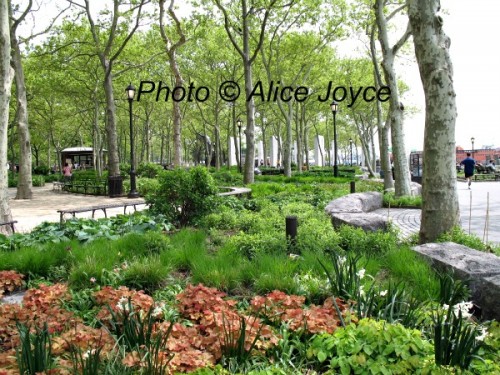
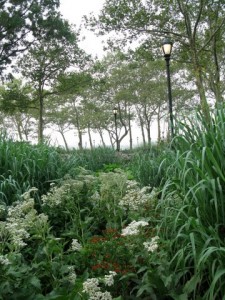
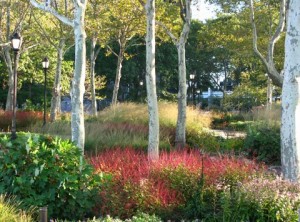
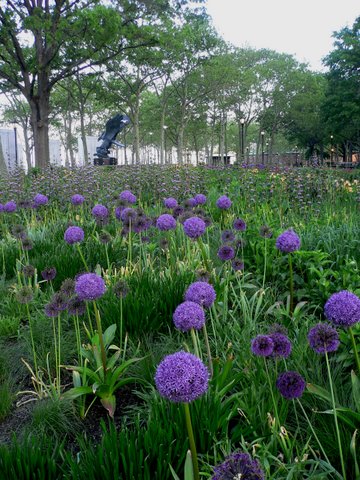
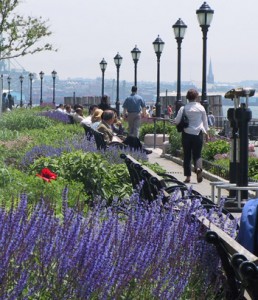
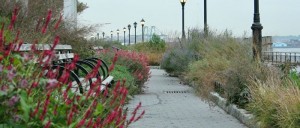
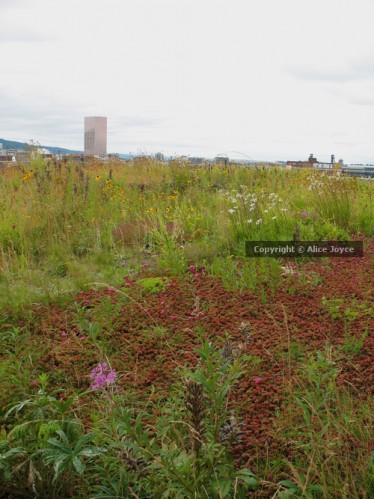
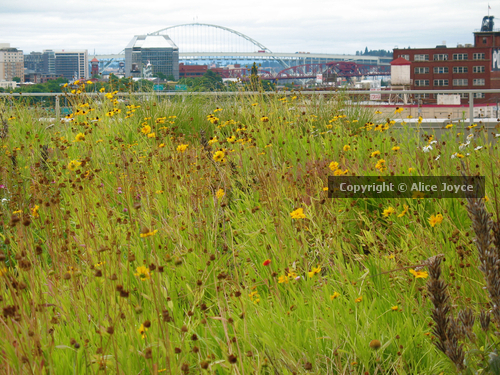
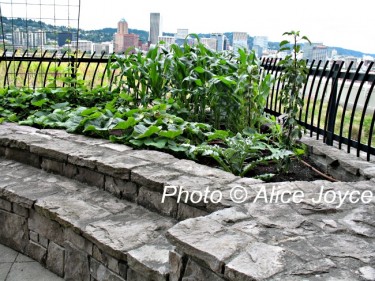
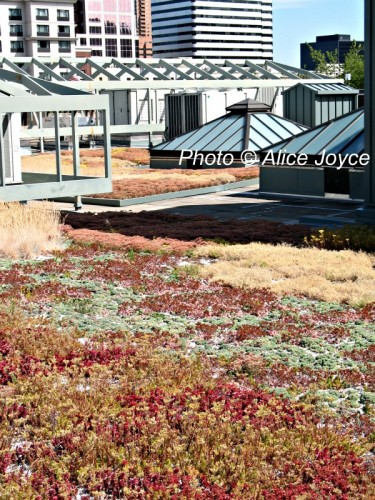
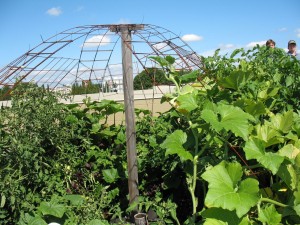
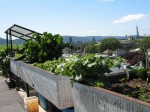
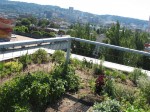
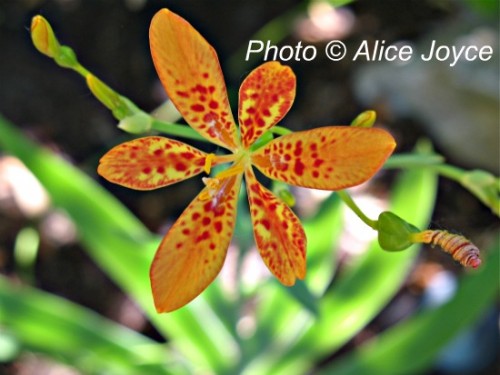
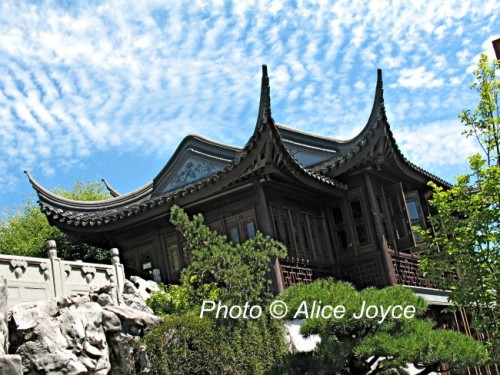
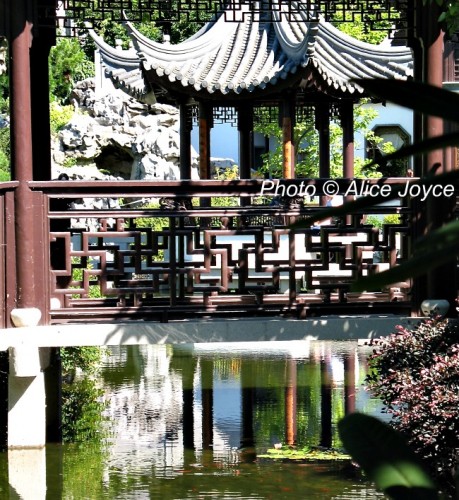
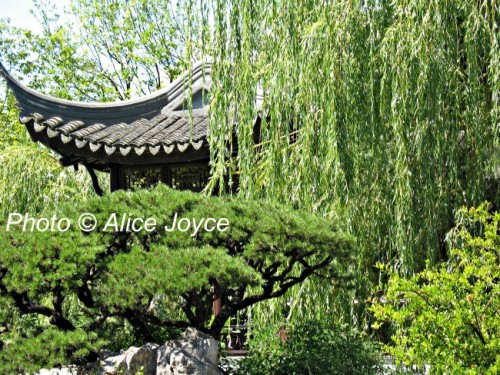
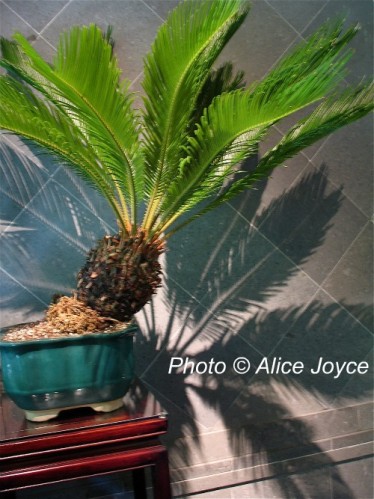
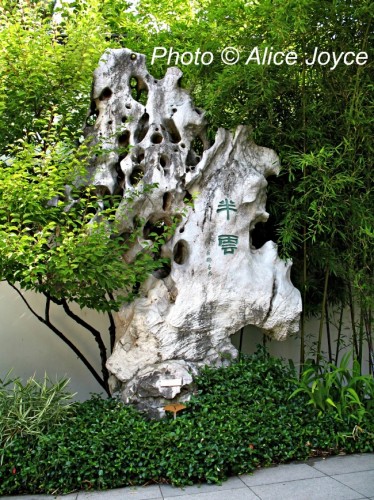
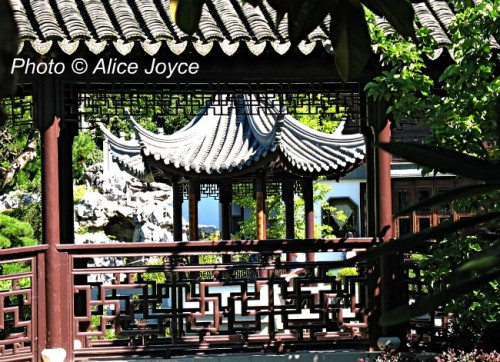
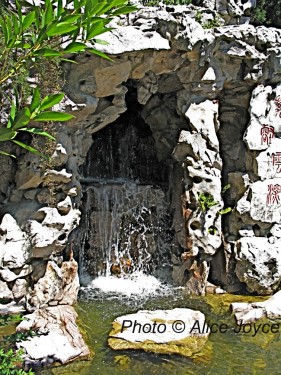

Comments